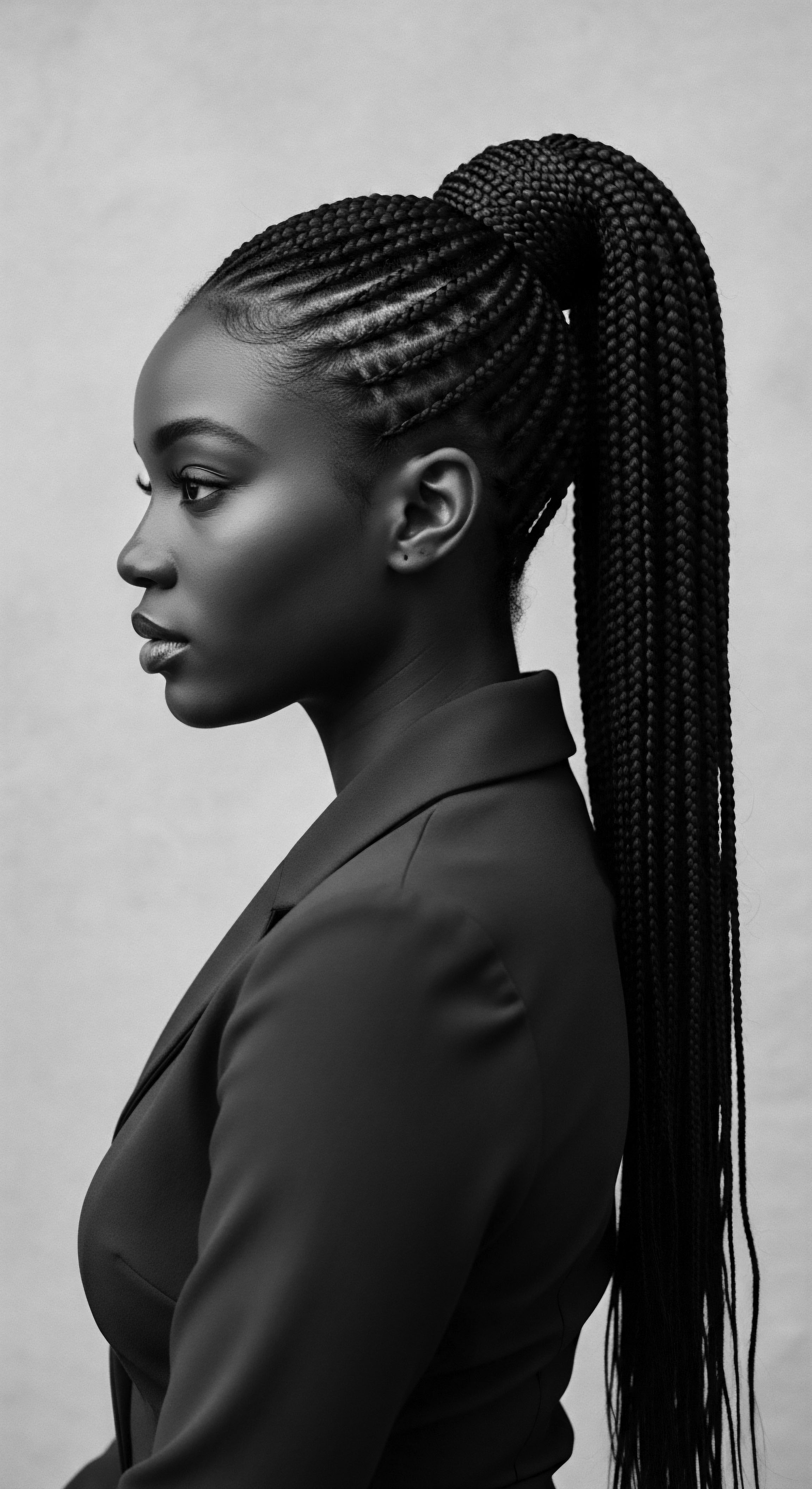
Roots
The whisper of ancient winds carries stories through time, tales etched into the very fabric of our being. For those of us connected to textured hair heritage, these whispers often speak of resilience, artistry, and an enduring connection to the past. Our strands are not merely physical attributes; they are living archives, each coil and curve holding echoes of ancestral practices. To consider the historical significance of ancient Egyptian wigs in textured hair heritage is to embark on a profound exploration, one that asks us to listen closely to these echoes and see how deeply rooted our present is in distant civilizations.
From the sun-baked sands of Kemet, a civilization arose that understood hair as a profound statement of identity, purity, and connection to the divine. The ancient Egyptians, a people deeply attuned to aesthetics and order, developed sophisticated practices around hair, with wigs standing as a remarkable testament to their ingenuity. These were not simply adornments; they were integral to daily life, social standing, and ritualistic expression. For millennia, from approximately 3400 BCE onward, people across genders and societal positions in ancient Egypt wore wigs, a practice that highlights a historical engagement with artificial hair that predates many contemporary applications.
What did these ancient hair practices communicate across the ages? They spoke of a meticulous approach to personal presentation, certainly. They also conveyed a nuanced understanding of hygiene in a challenging climate, where wigs offered protection from the sun and a means to manage lice.
Beyond these practicalities, the very act of crafting and wearing wigs in ancient Egypt established an early, significant relationship between human ingenuity and the versatile nature of hair itself, particularly textured hair. Their methods of attachment, styling, and material use—often involving human hair, plant fibers, or even wool—demonstrate an adaptive artistry.

Understanding Textured Hair’s Early Manifestations
To truly appreciate the role of ancient Egyptian wigs, we must first recognize the inherent characteristics of textured hair. Afro-textured hair, a common characteristic among many ancient African populations, is distinguished by its tightly coiled, spiral shape. This morphology often results in a flatter cross-section of the hair fiber and a tendency for the wider axis to twist along the hair’s length.
Such structures influence how hair interacts with moisture, its density, and its growth patterns, often leading to a need for specific care and styling approaches. Ancient Egyptians, despite their limited scientific tools, understood the demands of their own hair, whether worn naturally, cropped, or covered by a wig.
The earliest documented examples of hair extensions in Africa, dating back to around 3400 BCE, come from ancient Egypt. This historical reality underscores that the manipulation of hair for aesthetic and practical purposes has deep African roots. The techniques employed, such as braiding and attaching additional hair, resonate with practices that continue within textured hair communities today. This continuity points to an enduring ancestral wisdom concerning hair manipulation and adornment.
Ancient Egyptian wigs were not merely fashion accessories; they were symbols of status, health, and a testament to early, sophisticated hair artistry.

The Material Science of Ancient Wigs
The construction of ancient Egyptian wigs was a meticulous affair. Wigmakers used various materials, with human hair being the most valued and costly. This human hair was often braided into numerous small plaits, then affixed to a mesh cap, which sometimes was also made of hair.
To hold the styles, a mixture of beeswax and resin was applied, creating durable and often elaborate forms. This ingenuity, using natural materials and intricate processes, speaks to a deep ancestral understanding of hair’s properties and how to manipulate it.
- Human Hair ❉ The most prized material, often bartered and considered as valuable as gold.
- Plant Fibers ❉ Used for more affordable wigs, sometimes blended with human hair.
- Sheep’s Wool ❉ Also incorporated, especially for bulk and specific textures.
These ancient practices showcase a resourcefulness that is often found in ancestral traditions of textured hair care and styling. The ability to source, prepare, and shape hair from various origins for specific aesthetic and functional outcomes is a remarkable feat of early material science, all within a heritage context that valued hair deeply.
| Period Early Dynastic (c. 3100-2686 BCE) |
| Primary Materials Human hair, early plant fibers |
| Key Significance Basic protection, early status markers |
| Period Old & Middle Kingdoms (c. 2686-1650 BCE) |
| Primary Materials Human hair, plant fibers, beeswax, resin |
| Key Significance Hygiene, social stratification, sun protection |
| Period New Kingdom (c. 1550-1070 BCE) |
| Primary Materials Finest human hair, wool, elaborate adornments |
| Key Significance Opulence, religious symbolism (Hathor wigs), high status |
| Period The selection of materials and complexity of ancient Egyptian wigs directly mirrored societal values and technological advancements, firmly rooting these practices within a rich heritage of human expression. |
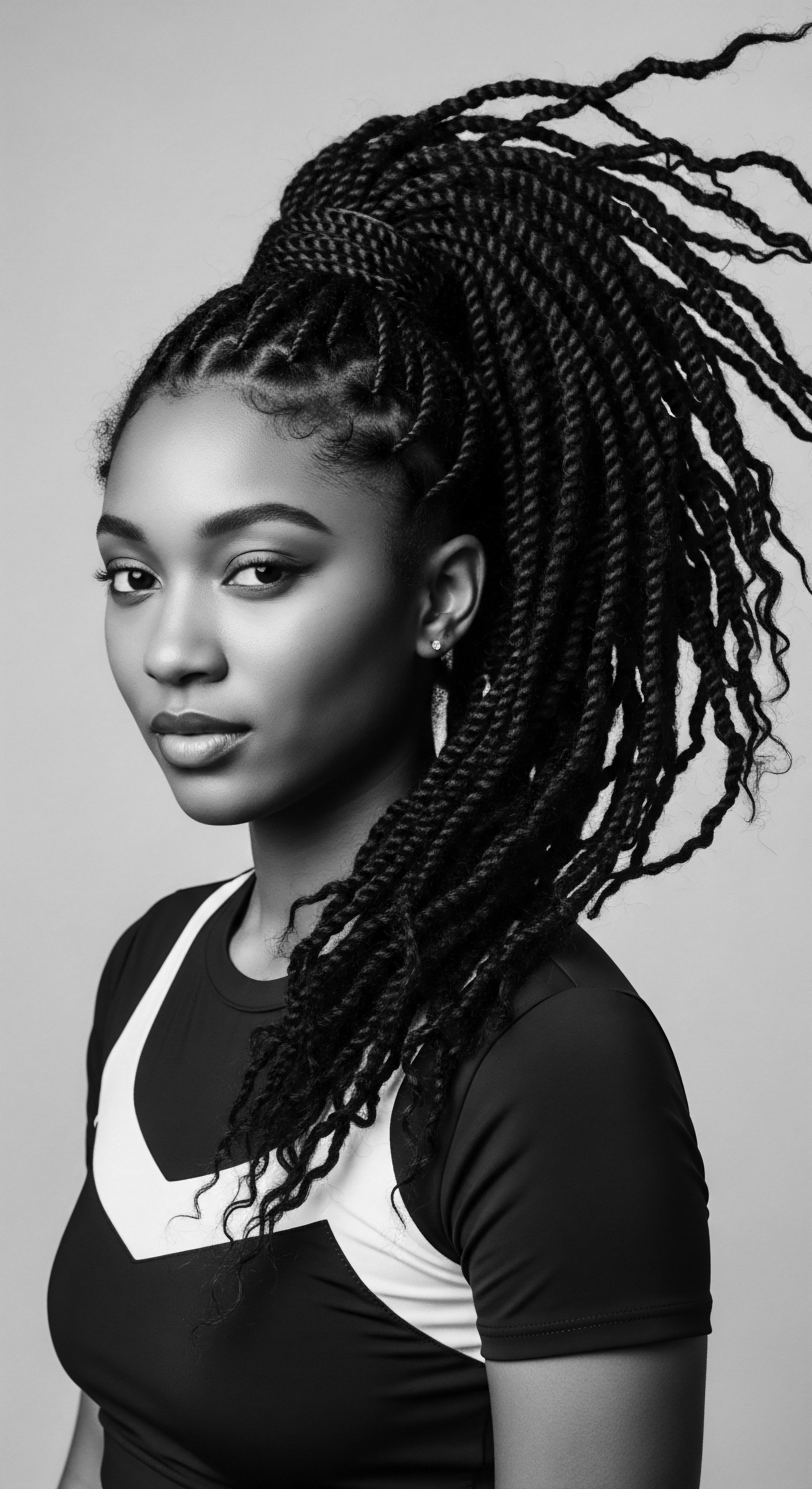
Ritual
The very concept of hair, particularly textured hair, has long been intertwined with ritual and identity across African civilizations. In ancient Egypt, the wearing of wigs transitioned from a practical solution to a profound statement, steeped in social codes, religious symbolism, and a deep appreciation for personal presentation. This move from the elemental to the elaborate speaks to a cultural sensibility where outer appearance was a mirror reflecting inner status and connection to the cosmos.
Ancient Egyptian wigs were not merely about aesthetics; they embodied layers of meaning, serving as potent visual cues within a meticulously structured society. Their daily use by the elite, in particular, solidified their role as a clear marker of wealth and social standing. Imagine the sight of a dignitary, head shaven for cleanliness and comfort in the scorching climate, yet crowned with a meticulously crafted wig that cascaded in rich coils or intricate braids, perhaps adorned with gold or beads. This deliberate choice amplified their presence, a silent proclamation of their position in the social order.

How Did Wig Styles Reflect Social Standing?
The styles, materials, and adornments of ancient Egyptian wigs directly correlated with an individual’s place in the hierarchy. The finest wigs, made of human hair, were exceptionally expensive, valued alongside precious commodities like gold and incense. Owning multiple, elaborate wigs became a sign of immense affluence. This practice draws a parallel to certain aspects of textured hair heritage today, where intricate styles or high-quality hair extensions can also signal social status or personal investment in appearance.
- Human Hair Wigs ❉ Reserved for the wealthiest and most influential members of society.
- Blended Wigs ❉ Containing a mix of human hair and plant fibers, accessible to the middle class.
- Vegetable Fiber Wigs ❉ The most economical option, likely for those with fewer resources.
Beyond material, the sheer complexity of some ancient wig styles points to specialized artistry. Some New Kingdom wigs, for example, incorporated thousands of individual human hairs, meticulously arranged into hundreds of strands, then coated with resin and beeswax to hold their form. This labor-intensive creation process further elevated their value and the status of their wearers.
The intricate construction and rich adornments of ancient Egyptian wigs communicated wealth, status, and a spiritual connection, mirroring the profound significance of hair in many African traditions.
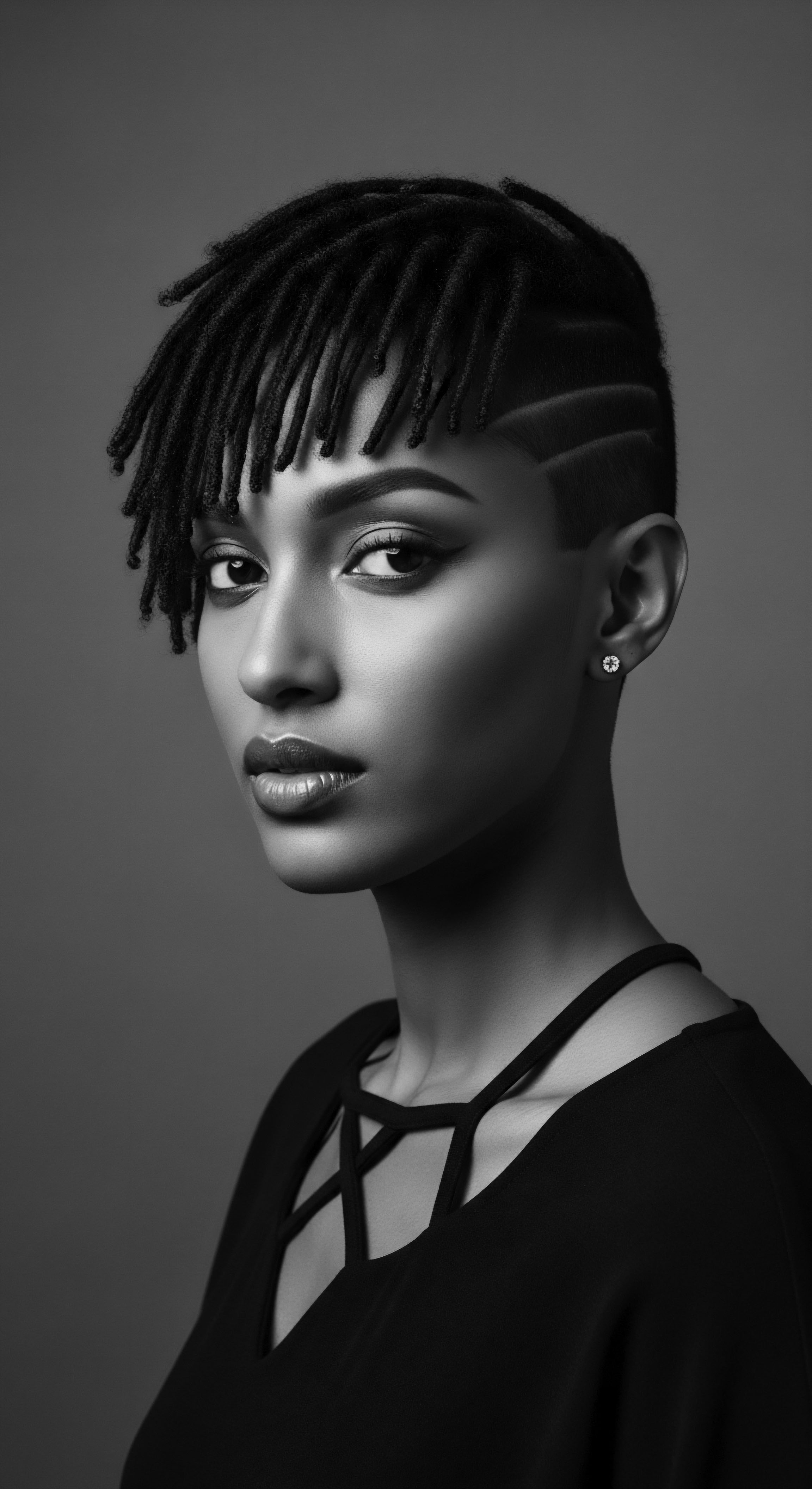
Sacred Connections and Spiritual Symbolism
The significance of these wigs extended beyond the earthly realm. In ancient Egypt, hair held spiritual weight. It was believed to facilitate communication with the divine. Priests, in particular, maintained shaved heads to preserve ritual purity, yet would don specific wigs during ceremonies, thereby transforming their appearance to align with sacred duties.
The famous Nubian wig, popular during the New Kingdom, even linked wearers to the goddess Hathor, a deity associated with fertility and beauty. This connection highlights how hair, even in its artificial form, remained a conduit for spiritual expression and cultural belief.
The practice of burying individuals with their favored wigs speaks volumes about their enduring importance. These hairpieces were considered essential for the afterlife, ensuring the deceased appeared as wealthy and beautiful in the next existence. This funerary practice underscores a belief system where external presentation, particularly hair, was not merely transient but possessed an eternal quality.
| Historical Period/Style Old Kingdom (c. 2686-2181 BCE) |
| Characteristics & Cultural Meaning Short, straight or tightly curled, overlapping layers. Marked early distinction of status. |
| Historical Period/Style Middle Kingdom (c. 2055-1650 BCE) |
| Characteristics & Cultural Meaning Short with bangs or long, bulky styles draped over shoulders. Symbolized evolving societal norms and individual expression within class. |
| Historical Period/Style New Kingdom (c. 1550-1070 BCE) |
| Characteristics & Cultural Meaning Long, tassel-ended tails, elaborate adornments like beads and ribbons, sometimes mimicking Afro-textured styles (Nubian wig). Signified opulence, religious links, and a flourishing cultural exchange. |
| Historical Period/Style Amarna Period (c. 1353-1336 BCE) |
| Characteristics & Cultural Meaning Simpler, shorter styles. Reflected a unique artistic and possibly religious shift. |
| Historical Period/Style The stylistic evolution of ancient Egyptian wigs provides a chronological record of their societal, spiritual, and aesthetic values, mirroring the rich cultural lexicon inherent in textured hair traditions across African heritage. |
The very act of wig-making, often taking hundreds of hours to complete, involved intricate techniques such as braiding and attaching hair strands onto a mesh foundation using beeswax and resin. These methods, though adapted, bear a conceptual kinship with contemporary protective styling practices within textured hair communities, where time, skill, and protective measures are paramount.

Relay
The journey of human hair practices, especially those connected to textured hair, extends beyond direct lineage, forming a complex relay of influence and adaptation across continents and centuries. The legacy of ancient Egyptian wigs, far from being isolated to the Nile Valley, resonates in the broader narrative of textured hair heritage, revealing a continuous human engagement with hair as a canvas for identity, preservation, and cultural continuity.
This historical connection is not always a direct, unbroken chain, but rather a compelling story of parallel innovations and enduring cultural needs. The fundamental reasons for wearing wigs in ancient Egypt—hygiene, status, protection from the sun, and aesthetic versatility—are principles that reappear in various forms within textured hair communities across the African diaspora. This continuity suggests a shared ancestral wisdom concerning hair care and adornment, adapted and reinterpreted through generations.
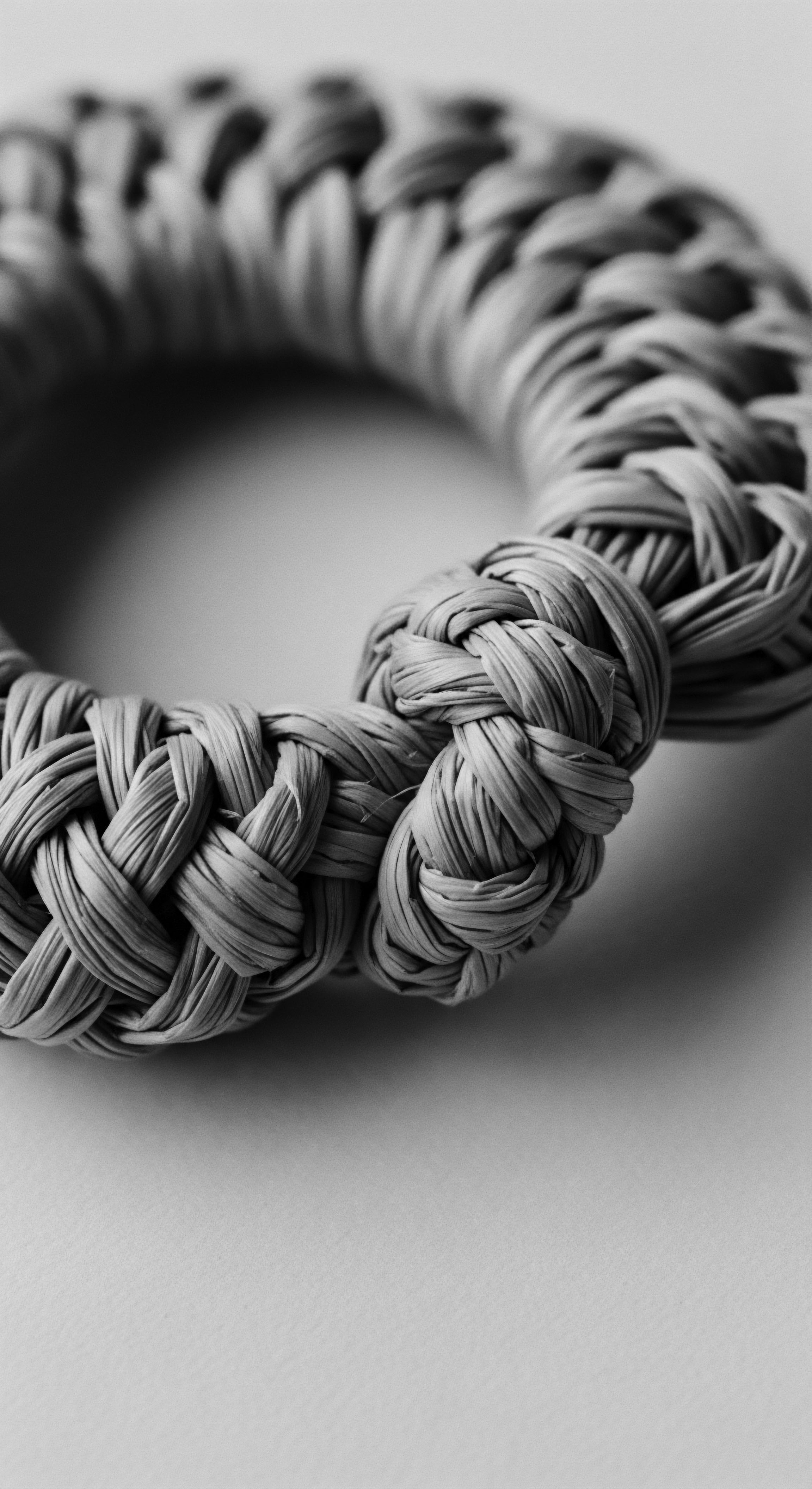
What Enduring Practices Echo Ancient Wig Traditions?
Consider the emphasis on protective styling within textured hair communities today. Braids, twists, and various forms of extensions are not merely fashion statements; they serve to safeguard the hair, minimize damage, and promote growth. This echoes the ancient Egyptian use of wigs to protect the scalp from the harsh desert sun and maintain cleanliness, especially for those who shaved their heads. The commonality of these underlying needs speaks to a pragmatic, yet aesthetically conscious, approach to hair care that transcends time.
Furthermore, the use of hair extensions in ancient Egypt, dating back to 3400 BCE, provides a clear historical precedent for the current widespread use of extensions and weaves in textured hair styling. Whether for added length, volume, or stylistic versatility, the concept of augmenting natural hair is an ancient practice, not a modern invention. This historical continuity underscores the long-standing human desire to manipulate hair for desired effects, particularly relevant for textured hair, which can be prone to shrinkage and dryness.
The resourceful techniques and diverse applications of ancient Egyptian wigs foreshadowed many of today’s textured hair care and styling strategies.
The artistry involved in ancient Egyptian wig-making also offers a compelling case study. One surviving wig from the New Kingdom, for instance, is reported to consist of approximately 120,000 individual hairs, grouped into 300 strands, then coated with a beeswax and resin mixture before being looped through a netting. This level of detail and material mastery, coupled with the functional purposes—such as providing shade and maintaining a cool head despite its density—is a testament to their advanced understanding of hair.
Modern scientific analysis of Afro-textured hair reveals its unique structural properties ❉ its elliptical cross-section, tighter coil pattern, and sometimes lower hair density compared to other hair types. These characteristics make it more susceptible to dryness and breakage if not cared for appropriately. The ancient Egyptians, through their wig use, likely understood these inherent qualities implicitly, recognizing the need to protect the scalp and hair from environmental stressors. Their solutions, like wigs, were early forms of protective styling, allowing for the maintenance of hair health while presenting a desired aesthetic.

Ancestral Wisdom and Modern Formulations
Beyond the physical manipulation of hair, the ancient Egyptians also utilized natural ingredients in their hair care regimens that find echoes in contemporary holistic textured hair practices. For instance, castor oil , prized for its moisturizing and strengthening properties, was a staple in ancient Egyptian routines, often combined with honey and herbs for hair masks. This very same ingredient is celebrated today within textured hair communities for its ability to nourish the scalp and promote healthy growth.
The use of henna for coloring and conditioning hair also has ancient Egyptian origins, applied to cover gray hair and enhance natural color. This natural dye continues to be used by many today as a chemical-free alternative. The recognition of hair’s holistic well-being is not a new concept; it is an ancestral wisdom passed down through generations.
The connection between ancient Egyptian hair practices and broader African hair heritage is also evident in the symbolism of hair. In many African societies, hair communicated identity, status, age, and even spiritual beliefs. Cornrows, for example, documented as early as 3500 BCE in African rock paintings, served not only as aesthetic expressions but also as intricate messages about tribal affiliation or marital status. The ancient Egyptian wig, often braided and adorned, aligns with this broader cultural understanding of hair as a profound signifier.
A specific historical example that powerfully illuminates this connection is the Nubian wig , popular during the New Kingdom period. This wig, often depicted with a tight, coiled texture, was designed to mimic the short, curly hair worn by Nubian tribespeople. This cultural exchange, where Egyptian elites adopted a style inspired by the natural hair textures of their southern neighbors, speaks to an acknowledgment and even appropriation of textured hair aesthetics. It demonstrates that beauty standards were not monolithic and that the inherent aesthetic of tightly coiled hair held cultural appeal and significance, even at a high societal level.
- Kalahari Oil ❉ Traditionally sourced, known for its fatty acid content, now used in modern anti-breakage formulations.
- Baobab Oil ❉ Rich in nutrients, historically used for skin and hair health, integrated into contemporary moisturizing products.
- Mongongo Oil ❉ Valued for its protective and hydrating qualities, a component in present-day hair repair treatments.
The enduring significance of ancient Egyptian wigs within textured hair heritage, then, lies not only in their function as precursors to modern hairpieces but also in their broader context as expressions of status, hygiene, and a profound respect for hair as an integral part of identity and spirit. The ingenuity of Kemet’s wigmakers and hair practitioners laid a foundation, a blueprint, for how hair can be manipulated, protected, and celebrated, a legacy that continues to resonate across the African diaspora.

Reflection
The journey through ancient Egyptian wigs, seen through the lens of textured hair heritage, reveals a narrative far richer than mere historical curiosity. It is a meditation on the enduring soul of a strand, a testament to how deeply intertwined hair has always been with human identity, cultural expression, and ancestral wisdom. Our exploration brings us to understand that the complex relationship between textured hair and its adornment, its care, and its symbolic weight is not a modern construct but a legacy inherited from civilizations like Kemet.
From the careful construction of wigs using human hair and natural resins to their layered meanings as symbols of status, health, and spiritual connection, the ancient Egyptians laid down a profound precedent. They demonstrated an innate understanding of hair’s versatility and its power to communicate, to protect, and to elevate. For those of us who carry the lineage of textured hair, this history is a powerful affirmation. It reminds us that our coils and curls, in all their intricate forms, have always been subjects of artistry, scientific inquiry, and cultural reverence.
The continuous exchange of ideas, the shared needs for hygiene and protection in varying climates, and the universal human desire for self-expression through appearance, created a historical relay. This relay connects the meticulously braided wigs of a New Kingdom queen to the carefully crafted protective styles worn today. It suggests that while forms and materials adapt, the underlying principles of hair care and hair as a marker of identity remain constant, an ancestral thread running unbroken through time.
Roothea’s ‘Soul of a Strand’ ethos finds deep resonance here. Each strand holds ancestral memory, echoing the ingenious practices of the past. The ancient Egyptian wig, in its very existence, speaks to the resilience and adaptability of Black and mixed-race hair traditions. It affirms that the intricate science of textured hair, the holistic rituals of its care, and the powerful narratives it tells are not just contemporary insights.
They are, in fact, timeless truths, continuously unfolding from ancient sources, nurtured through living traditions, and always pointing toward an unbound future. This heritage reminds us that our hair is a living library, continually telling stories of ingenuity, beauty, and unwavering spirit.
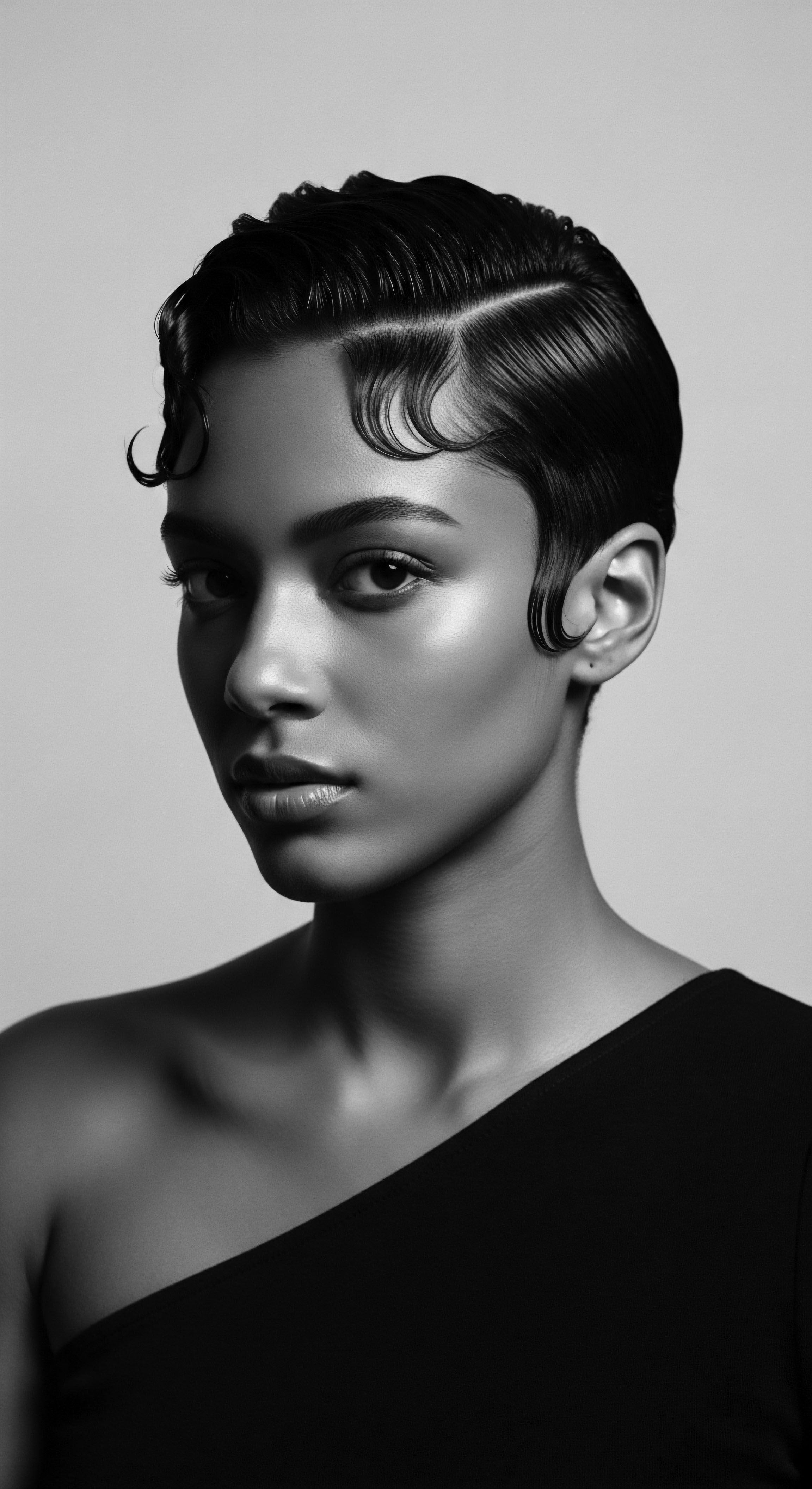
References
- Cox, J. (1977). “An Ancient Egyptian Wig ❉ Construction and Reconstruction.” British Museum Occasional Paper.
- Fletcher, J. (1995). “Ancient Egyptian Hair and Wigs.” The Ostracon ❉ Journal of the Egyptian Study Society 13(2), 2-8.
- Fletcher, J. (1998). “A Reappraisal of Ancient Egyptian Hair ❉ Its Significance, Manufacture and Evidence of Usage.” Ph.D. diss. University of Manchester.
- Fletcher, J. (2002). “Ancient Egyptian Hair and Wigs.” The Ostracon ❉ Journal of the Egyptian Study Society 13(2).
- Fletcher, J. (2005). “The Decorated Body in Ancient Egypt ❉ Hairstyles, Cosmetics and Tattoos.” In L. Cleland, M. Harlow, and L. Llewellyn-Jones (eds.), The Clothed Body in the Ancient World, Oxford, Oxford University Press.
- Fletcher, J. and Salamone, F. (2016). “An Ancient Egyptian Wig ❉ Construction and Reconstruction.” Internet Archaeology 42.
- Lucas, A. (1930). “Ancient Egyptian Materials and Industries.” Edward Arnold.
- Robbins, C. (2002). “Chemical and Physical Behavior of Human Hair.” Springer.
- Tanus, C. et al. (2019). “Microscopic Characteristics Of Scalp Hair Subjected To Cultural Styling Methods In Ghanaian African Females.” Journal of Microscopy and Ultrastructure 7(4).
- Herodotus. (1954). “The Histories.” Translated by A. de Selincourt. Penguin Books.
